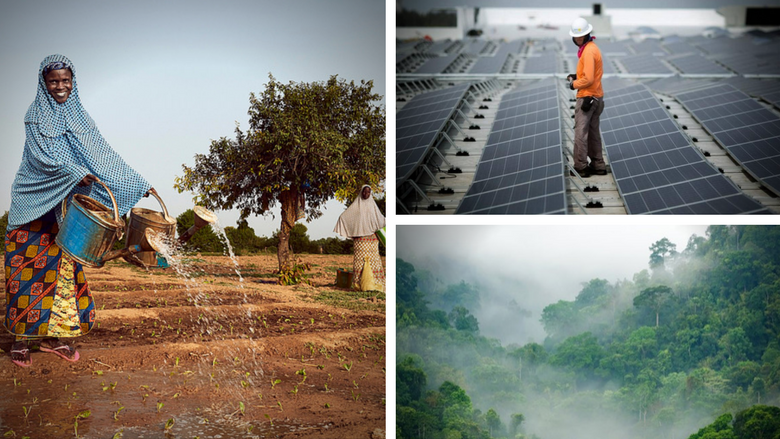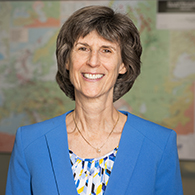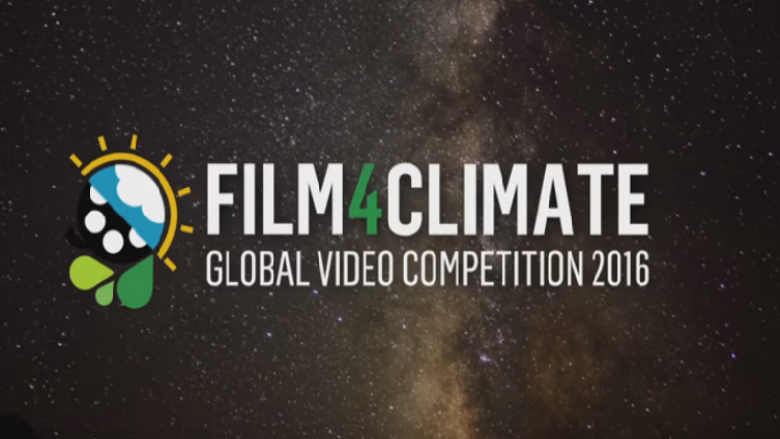In April, the Bank Group adopted a Climate Change Action Plan, based on growing demand for support from client countries. Under the Action Plan, the Bank Group is integrating climate change into all of its work, and expanding commitments in high-impact areas such as renewable energy, energy efficiency, disaster preparedness, and urban resilience.
“The Climate Action Plan is the World Bank Group’s own Paris commitment,” said John Roome, Senior Director for Climate Change at the World Bank. “It allows us to pool our resources from across different sectors and target them for the highest impact, providing countries systematic solutions that reduce emissions and increase climate resilience.”
Over the course of 2016, the Bank Group has stepped up its engagements on climate change and delivered support to countries across a wide spectrum of action, ranging from new financing for solar and wind power to increasing the resilience of urban dwellers, farmers and fishing communities; from helping countries manage their forest resources to facilitating billions of dollars in sustainable investments by the private sector; and from reducing vulnerability in small island states to pushing forward global action on carbon pricing. A list of selected examples of this action is below.
As attention turns to COP22, being held in Marrakech, Morocco on November 7-18, the Bank Group is aligning its efforts around a few focus areas as recently laid out by President Jim Yong Kim. These include facilitating the transition to renewable and low-carbon forms of energy, greening the finance sector, and ramping up global action on energy efficiency.
At the center of these efforts is a push to help countries integrate climate change into their national planning and budgeting and deliver on their Paris climate pledges – the Nationally Determined Contributions, or NDCs.
At COP22, the Bank Group will be announcing progress on the Africa Climate Business Plan, which was launched in Paris. The Business Plan aims to raise $19 billion by 2020 for investments that will strengthen the resilience of the continent’s environment and people, and improve energy access via renewable energy. Much of the funding for the Business Plan will come through IDA, the Bank Group’s fund for the poorest countries.
A new Climate Action Plan for the Middle East and North Africa region will be launched at COP22. This will focus on fostering water and food security in one of the world’s most vulnerable regions, as well as supporting sustainable, resilient and connected cities; encouraging the energy transition; and protecting the most vulnerable communities from climate-related shocks.
“The NDCs are the building blocks of the Paris Agreement, but we know that the current NDCs won’t get us to the ultimate goal of keeping the rise in global temperatures to below 2 degrees,” said Laura Tuck. “That is why it is so important that we help countries to meet their targets quickly, and then to increase their ambitions in the years to come.”
Selected examples of World Bank Group action on climate change since COP21 in Paris:
Clean Energy
- In Zambia in May, an auction under the Scaling Solar program saw a winning bid of 6 cents a kilowatt hour - the lowest prices for solar power to date in Africa, and among the lowest recorded anywhere in the world.
Energy Efficiency and HFCs
On October 15, parties to the Montreal Protocol agreed to phase down the production and consumption of HFCs, potent greenhouse gases used predominantly in air conditioning and refrigeration. The Bank Group supports this by helping countries phase down HFCs and improve energy efficiency in air conditioning and refrigeration.
Climate-Smart Agriculture
Forests
- In April 2016, the Bank Group adopted a new Forest Action Plan, which spells out stepped up ambitions on forests. The Plan will promote investments in the forest sector that generate economic opportunities in rural areas, through sustainable forest management as well as responsible forest restoration.
Green Growth
In June, the World Bank approved $90 million in Development Policy Financing in Vietnam to support a range of green growth and climate change related policy reforms. This was complemented by the Mekong Delta Integrated Climate Resilience and Sustainable Livelihoods investment program, a $310 million operation that will help farmers and fishers by strengthening flood management, providing solutions for soil salinity and protecting coastal areas.
Transport
- In Bangladesh, the Regional Waterway Transport Project is improving the navigability of 900 km of inland waterways and connecting routes. The project incorporates climate resilience into river port infrastructure and promotes the use of inland water transport, which emits less greenhouse gases than road transport.
Cities and Buildings
- IFC’s investment portfolio for green buildings has now surpassed two billion dollars, including own account investments and mobilized financing. As part of this, the EDGE Green Building Market Transformation Program supports green building codes and standards, finances the construction of green homes, hospitals, and schools, and helps banks increase their green lending.
Reducing Vulnerability and Boosting Climate Resilience
- The Pacific Resilience Program—a series of projects to strengthen Pacific Island countries’ resilience to natural disasters and climate change—was launched in 2016.
Greening the Finance Sector
- The World Bank and IFC are among the world’s largest issuers of green bonds – accounting for more than $2 billion in FY2016.
Putting a Price on Carbon Pollution
- The Carbon Pricing Leadership Coalition (CPLC) – an initiative bringing together over 20 countries and 100 companies to accelerate support for putting a price on carbon, issued an official work plan, announced high level co-chairs, and welcomed new members in 2016. In a communiqué issued in April, it called for global targets for carbon pricing.
- Through the Partnership for Market Readiness (PMR), the World Bank is working with a number of countries to introduce carbon pricing and other instruments to reduce greenhouse gas emissions. In Vietnam, the PMR is helping the government collect data on carbon emissions and build a reporting and verification system. In Morocco, the PMR is helping the government assess needs for policy reform needed to realize their NDC goals using market-based instruments. In China, the PMR is working to provide technical assistance for the design of the national Emissions Trading System.



